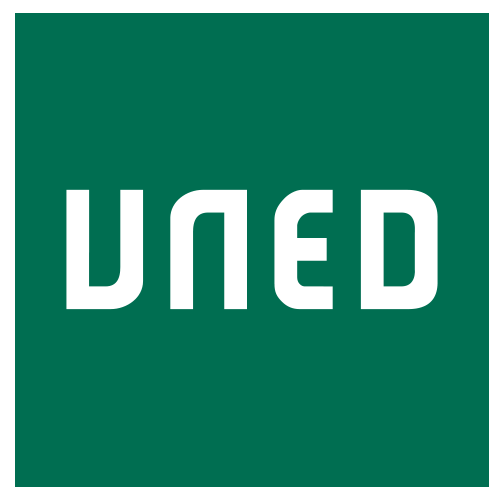The selection of materials for the reactor pressure vessel manufacturing is a complex process that involves great responsibility because small differences in chemical composition can adversely affect the manufacturing process and the in-service behavior of the material. Thus, it is recommendable to perform previous materials pre-selection stages based on the state-of-the-art knowledge, integrating research results with standardized requirements and using simplifier materials selection methodologies like the stringency level method. To address this issue, an evaluation of the influence of chemical composition on the shift of the ductile-to-brittle transition temperature has been performed using the most used and consolidated prediction models that are R.G. 1.99 Rev.2, NUREG/CR-6551, and ASTM E 900-02. A proposal of maximum limits for copper, nickel, and phosphorous to avoid irradiation embrittlement has been presented to carry out the process. The results have been analyzed by using the stringency level methodology to support the decision process. To this end, a materials data collection has been carried out to analyze the requirements described by 20 different specifications of materials from first to fourth generation of light water reactors, covering the main designs of pressurized reactors from Western Europe, North America, Japan, and Russia. It can be concluded that more recently developed materials exhibit more stringent requirements than earlier developed materials… See all…
